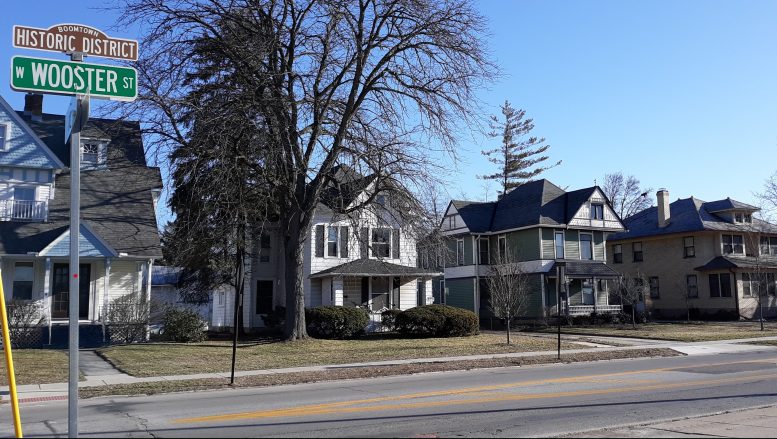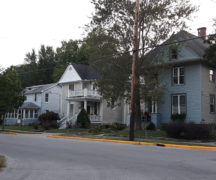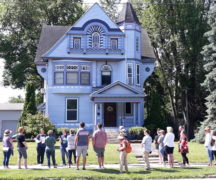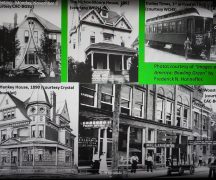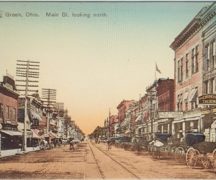By JAN LARSON McLAUGHLIN
BG Independent News
Bowling Green officials are hoping the future of historic preservation efforts will be more fruitful than the past.
The city has resurrected its plans to preserve historic structures in the community, and now has a five-person Historic Preservation Commission.
The commission will work to debunk myths about historic preservation rules that doomed the first effort about five years ago. No, the city will not dictate the colors a house can be painted. Yes, the city will allow additions to historic buildings. Yes, historic structures – if no longer fit for preservation – can be torn down.
Mayor Dick Edwards reintroduced plans for a commission last year to “preserve, promote, encourage and support the maintenance, use and reuse of historic buildings in the city.” In other words, it would help property owners who want to preserve historic structures.
Some historic homes are losing the battle against time and rental transformation – such as in the area surrounding the Wood County Courthouse, Edwards said.
“It’s very painful to watch some of these very beautiful historic homes becoming rental homes,” the mayor said.
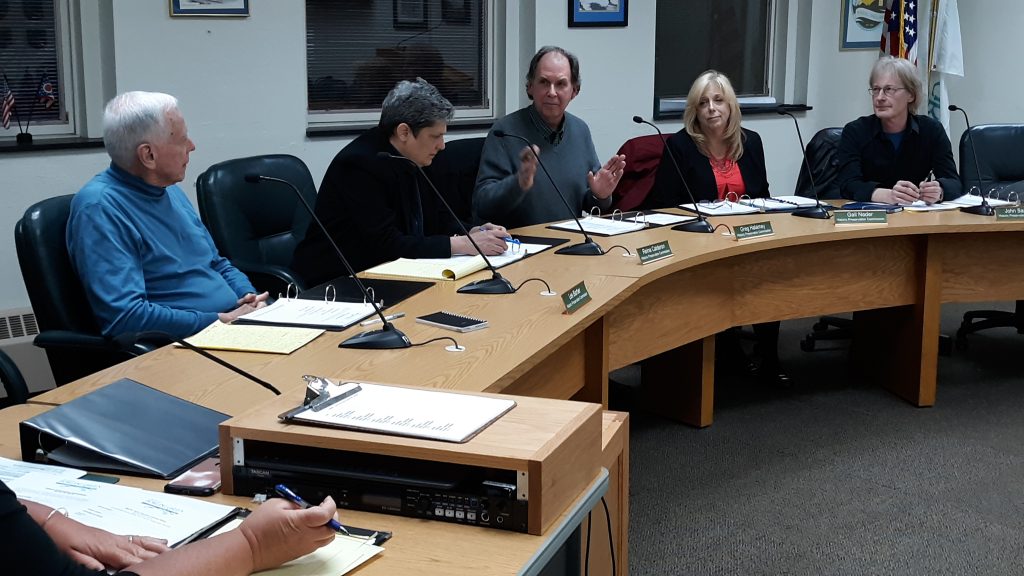
The commission members, who held their first meeting recently, are Les Barber representing the First Ward, Reina Calderon of the Second Ward, Gail Nader of the Third Ward, John Sampen of the Fourth Ward, and Greg Halamay representing the downtown.
The proposal for such a commission was first brought up in 2009, then became part of earnest discussions in 2013. Efforts died in 2015 after some citizens interpreted the city’s preservation efforts as government telling them what to do with their properties.
At that time, Edwards tried to explain that the commission was there to help – not give orders.
“It’s not threatening, it’s not dictating to people, it’s not putting the heavy hand of government on neighborhoods,” he said. “It was misconstrued and misinterpreted by some individuals.”
Nevertheless, suspicions and very vocal objections by a few citizens about the motivation for the historic preservation commission killed the effort.
City Planning Director Heather Sayler said there is great value in preserving historic buildings in a community.
“We really had some issues with the myths floating around the community,” Sayler said. “It’s definitely a hot topic. It’s an important topic.”
This time around, the city and the commission members hope to do a better job of educating the public and calming fears.
“Property owners don’t want to be told what to do with property,” said Halamay, who was elected chairperson of the commission. The goal of historic preservation is to protect the historic integrity of buildings – and help when possible with restorations. It is not to nitpick and tell homeowners what they can and cannot do with their properties.
Barber agreed the education role is crucial.
“Otherwise this is kind of a useless operation,” he said.
Calderon suggested that the commission begin by creating an inventory of historic buildings in the community.
Nader noted that a previously designed walking map of historic places in Bowling Green could be a starting point.
“If we dust it off, we don’t have to start over,” she said.
Three sites and two historic districts in Bowling Green are currently listed on the National Register of Historic Places by the Secretary of the Interior upon recommendation of the Ohio Historic Preservation Office. However, placement on the National Register provides no protection to any historic property.
The commission talked about working with the county commissioners to see if they would be interested in dedicating the county courthouse as a national historic landmark.
More than 70 cities and political bodies in Ohio are already working with the state to address historic preservation. Cities like Toledo, Akron and Tiffin are taking advantage of preservation tax credits to rebuild central city business districts and enhance property values in historic neighborhoods, Edwards said.
“This is so successful in so many other communities,” the mayor said. “We’ve been kind of lagging behind.”
“I’d like to think that the program can help sustain the life of neighborhoods and make it a more attractive place to live.”
The formation of such a historic preservation commission has been supported by several city planning documents including the housing section and the future land use section of the city’s Comprehensive Plan, and most recently by the Community Action Plan.
To fully function, the commission would need to apply to become a Certified Local Government through the Ohio Historic Preservation Office. The CLG status would allow the city to get preservation grants and tax credits to help homeowners and businesses protect historic buildings.
“This is a very important commission,” City Council member Sandy Rowland said. Planning consultants have repeatedly told city officials that historic districts provide a “common thread” for communities.
Council President Mike Aspacher agreed.
“I really believe the work you are about to partake is really important to our community,” he said. “Council is very supportive of the work you are going to do.”

